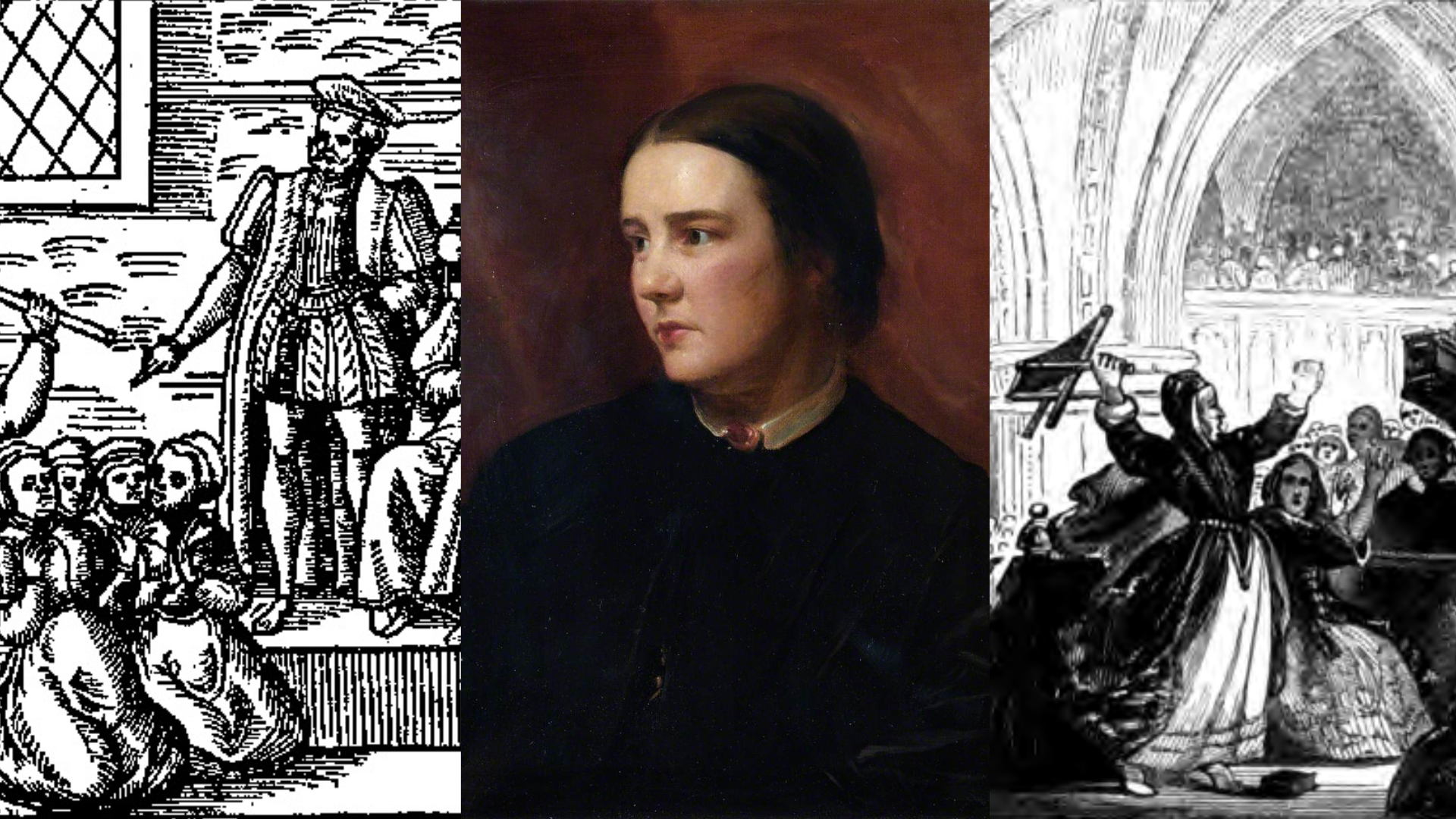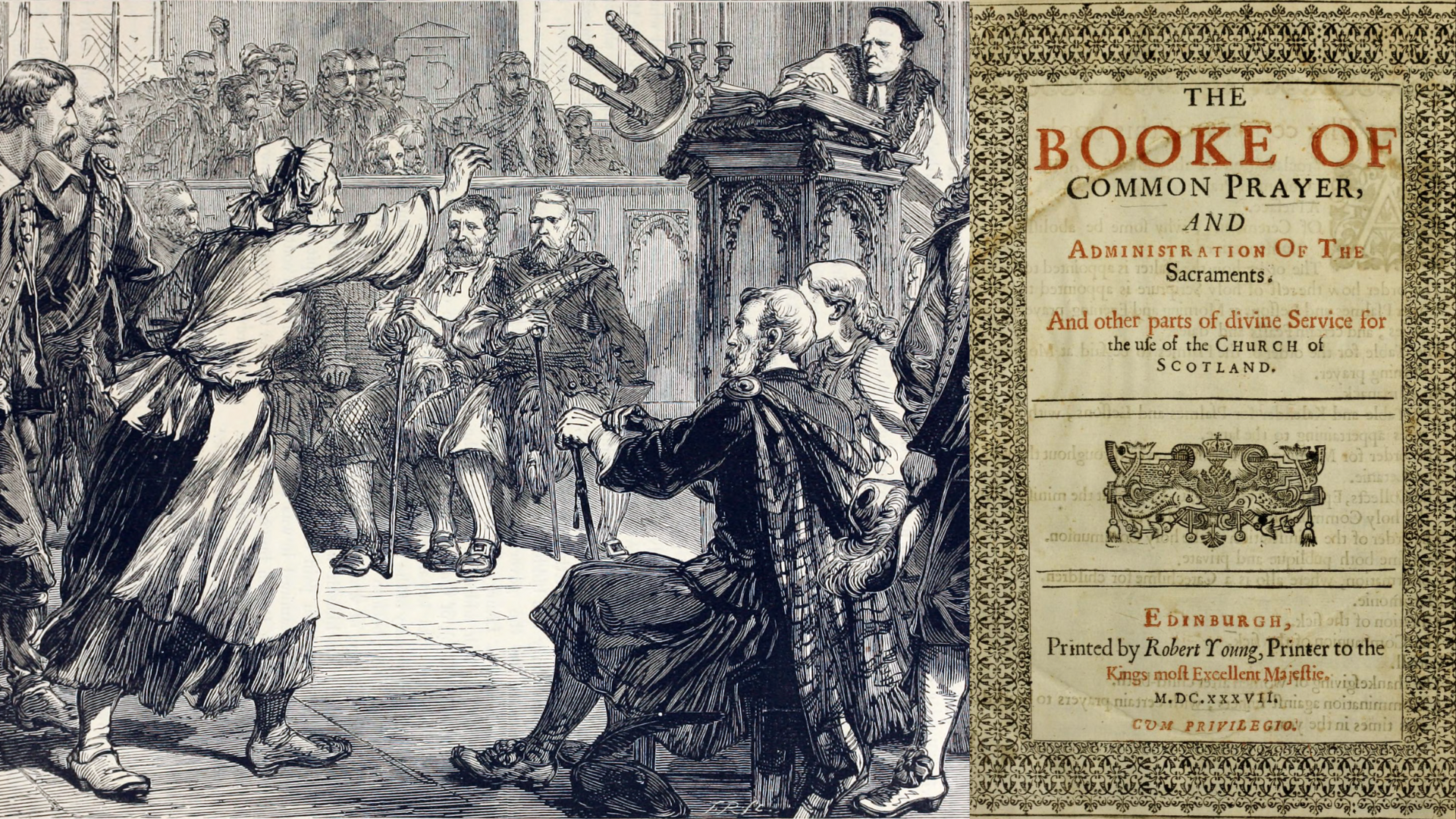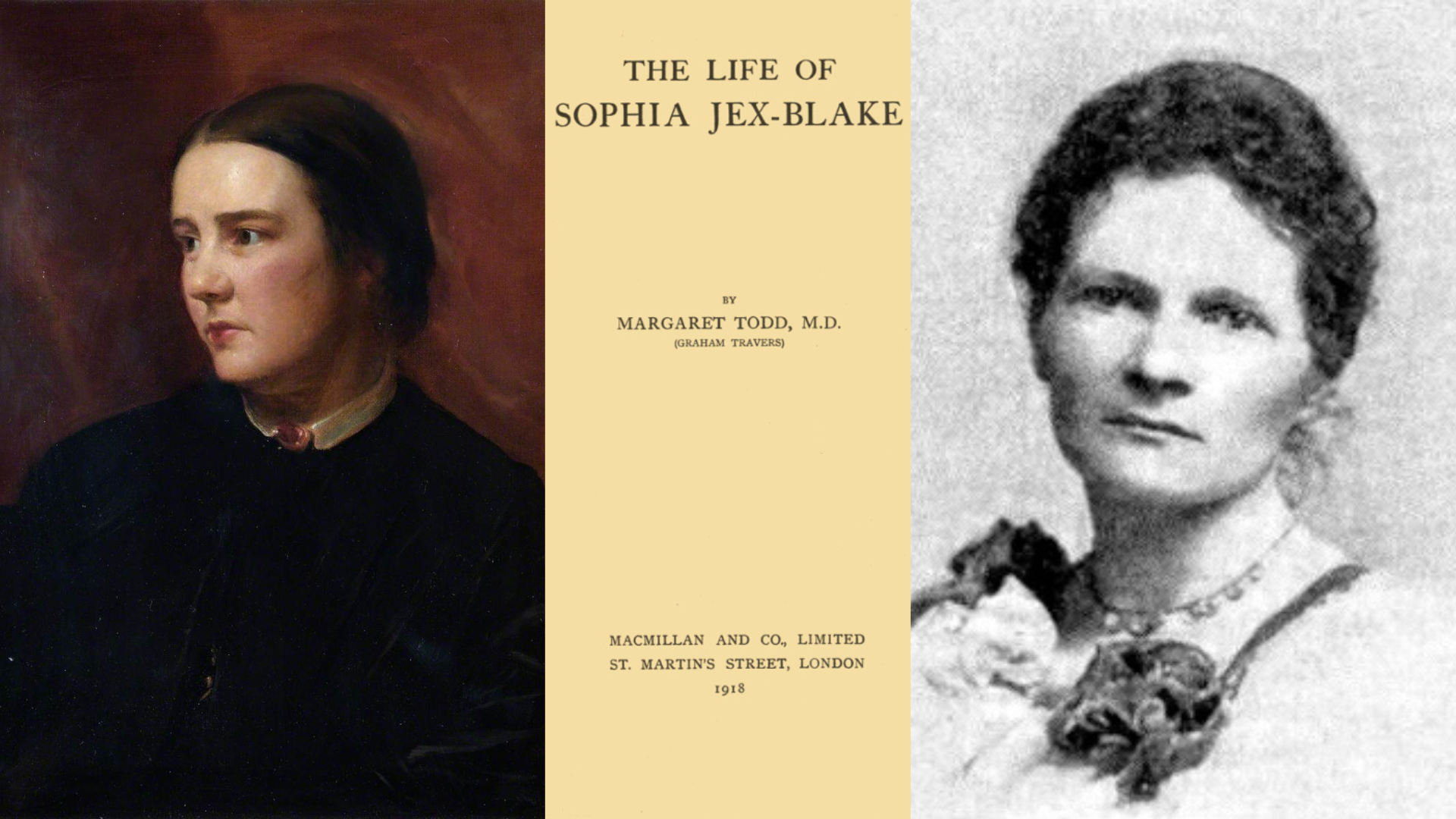Scottish witches, religion & education: International Women's Day 2024
7th Mar 2024
Celebrate International Women’s Day by exploring the lives of 3 women who influenced Scottish history! We’ll start with a figure from the Scottish witch trials (which you can learn more about here). Then we'll move on to Covenanters and LGBTQ+ Victorian academics.
Geillis Duncan
Does the name sound familiar? If you’re an Outlander fan, you might recognise it as the name of Claire’s friend from Season 1. But did you know that character is based on a real woman?
The real Geillis Duncan was a maidservant and one of the first victims of Scotland’s witch trials.
Her employer accused her of witchcraft in 1589, suspicious of her skill at curing illnesses. He took it upon himself to investigate Duncan—though nowadays we’d call it torture...
He forced a false confession from Duncan which implicated dozens of other people. And so began the North Berwick Witch Trials, an event King James VI himself took special interest in.
The resulting 'Witch Craze' saw thousands of people (most of them women) accused of witchcraft. The witch trials lasted until the 18th century.
Geillis Duncan was executed at Edinburgh Castle on 4 December 1591.
@mercattours Replying to @JustLaura Geillis Duncan was not just a fictional character! Many people recognise her name from the series, Outlander. But Geillis Duncan was a real victim of the Scottish Witch Trials. She was NOT a villain. A young woman, she was a servant in 1590 when she was accused of witchcraft and...’interrogated’ by her master. She implicated others (like Agnes Sampson and John Fian) in a forced confession. The Scottish Witch Trials were far worse than the well-known Salem Witch Trials: nearly 300 people were executed at Edinburgh Castle alone, whereas 19 were executed in Salem. We’re glad that Geillis Duncan has become a bit of a household name, but we also think it’s important to recognise and respect her real story as well. Please, join us this summer on a Witches: Trial & Truth tour to learn more about the real people accused of witchcraft in Scotland (and to hear centuries of myths dispelled). Tickets through our bio. ✨ [Video description: a 1-minute video exploring the Scottish Witch Trials and the story of Geillis Duncan, using animations and old documents to illustrate a voiceover. End description] #edinburgh #scotland #historytok #hiddenhistory #hiddengems #darkhistory #witchcraft #witchtrials #witchtok #outlander #geillisduncan ♬ original sound - Mercat Tours
Jenny Geddes
Janet ‘Jenny’ Geddes, perhaps unintentionally, instigated an Edinburgh riot-turned-mob in 1637. The reason? She threw her little folding stool at the minister’s head during a service in St Giles’.
This was a tense religious time in Scotland. King Charles I had recently begun implementing Anglican-style church services in Scotland.
When the minister began reading from the new Book of Common Prayer, Geddes stood up and yelled: ‘De'il gie you colic, the wame o' ye, fause thief; daur ye say Mass in my lug?’*. Then, she hurled her stool. Chaos, as you might expect, ensued.
7 months later, the National Covenant was signed, opposing Charles’s changes.
*Scots, translates to: ‘The Devil give you colic! The hide of you! False thief! You dare say the Mass in my ear?’

Sophia Jex-Blake
We often talk about Sophia Jex-Blake and the Edinburgh Seven (the very first women to matriculate at a British University). But one aspect of Jex-Blake's personal life is often left in the shadows: her romantic life partner, Dr Margaret Todd.
Todd attended the Edinburgh School of Medicine for Women, founded by Jex-Blake. She even coined the scientific term isotope.
Together, the two moved to East Sussex in 1899, where they lived until Sophia Jex-Blake passed away in 1912. Todd later penned The Life of Dr Sophia Jex-Blake.

Interested in learning more about ‘witches’ like Geillis Duncan and the other very real history of the Outlander series? Join us for an exclusive Edinburgh Outlander Experience tour on 26 and 27 April 2025. See the history and sites behind the books and TV series.

